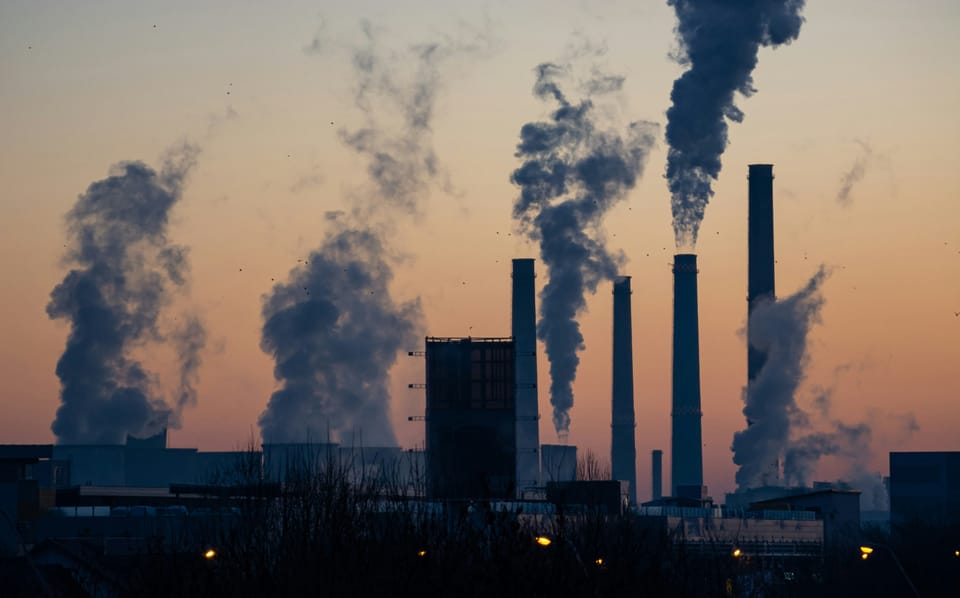Electricity emissions may have peaked in 2023

With 30% of the world’s electricity generated from renewables, 2023 marked a “pivot point” and most likely the peak for greenhouse gas emissions from the power sector, according to a report by Ember Climate.
Solar generation grew by 23% last year, while wind generation increased by 10% – the best year so far for the wind industry – and fossil fuel generation by just 0.8%. This, for think tank Ember Climate, is signalling the beginning of “a new era of falling fossil generation”.
“The renewables future has arrived. Solar in particular is accelerating faster than anyone thought possible. The decline of power sector emissions is now inevitable,” said Dave Jones, Global Insights Programme Director at Ember.
Renewables reach record proportions despite low hydro
Renewable energy, including solar, wind and hydro, made up a record 30% of the world’s energy mix last year – and this despite a five-year low in hydro generation due to droughts. Wind and solar represented 13.4% of the mix, led by record growth in China. As a result, Ember Climate notes that the carbon intensity of global power generation reached a new record low: 12% lower than its peak in 2007.
If hydroelectric power capacity hadn’t experienced a drop last year, which was largely made up by coal generation in drought-affected countries such as China, India, Vietnam and Mexico, there would have been enough clean energy to enable a 1.1% fall in fossil fuel-driven power generation.
Energy transition is contributing to higher electricity demand
Demand for electricity rose by a record 627TWh (the equivalent of Canada’s entire demand) last year, as decreases in OECD countries were countered by rapid growth in China.
Interestingly, more than half of this new demand came from five technologies, including three considered instrumental for the energy transition: electric vehicles (EVs), heat pumps and electrolysers (which are used to produce hydrogen).
The other two technologies that generated large electricity demand last year were air conditioning and data centres. Still, Ember believes despite the rise of these technologies, overall energy demand will soon decline “as electrification is much more efficient than fossil fuels”.
Read more about data centre and cloud emissions here
The think tank expects demand growth to be even higher in 2024 at 968 TWh, but much of this should be covered by new clean energy generation growth (forecast at 1,300 TWh), which should lead to a 2% drop in fossil generation.
Continued efforts necessary to limit temperature rise
Global power sector emissions peaking in 2023 is consistent with recent forecasts by Climate Analytics and the International Energy Agency, and according to the Intergovernmental Panel on Climate Change (IPCC), reaching a peak in global greenhouse gas emissions before 2025 would make it possible to keep the 1.5°C limit within reach.
But to continue on this trajectory, action cannot slow down: in a recent report, Wood McKenzie analysed the impact of a “delayed energy transition”, as political uncertainties, inflation and elections appear to be compromising energy transition spending. If annual average spending falls to US$1.7 trillion, instead of the more than US$3 trillion a year necessary to achieve net zero by 2050, the world could be heading to 3ºC warming.
“The pace of emissions falls depends on how fast the renewables revolution continues. The good news is we already know the key enablers that help countries unleash the full potential of solar and wind. There’s an unprecedented opportunity for countries that choose to be at the forefront of the clean energy future,” added Jones at Ember Climate.







Member discussion